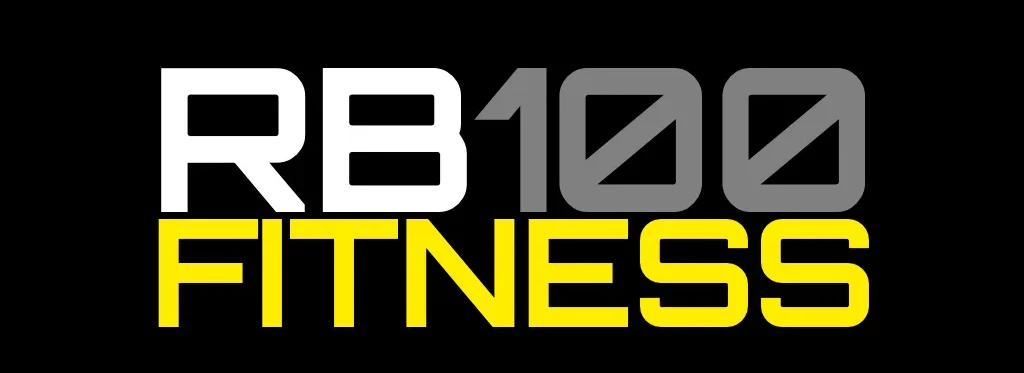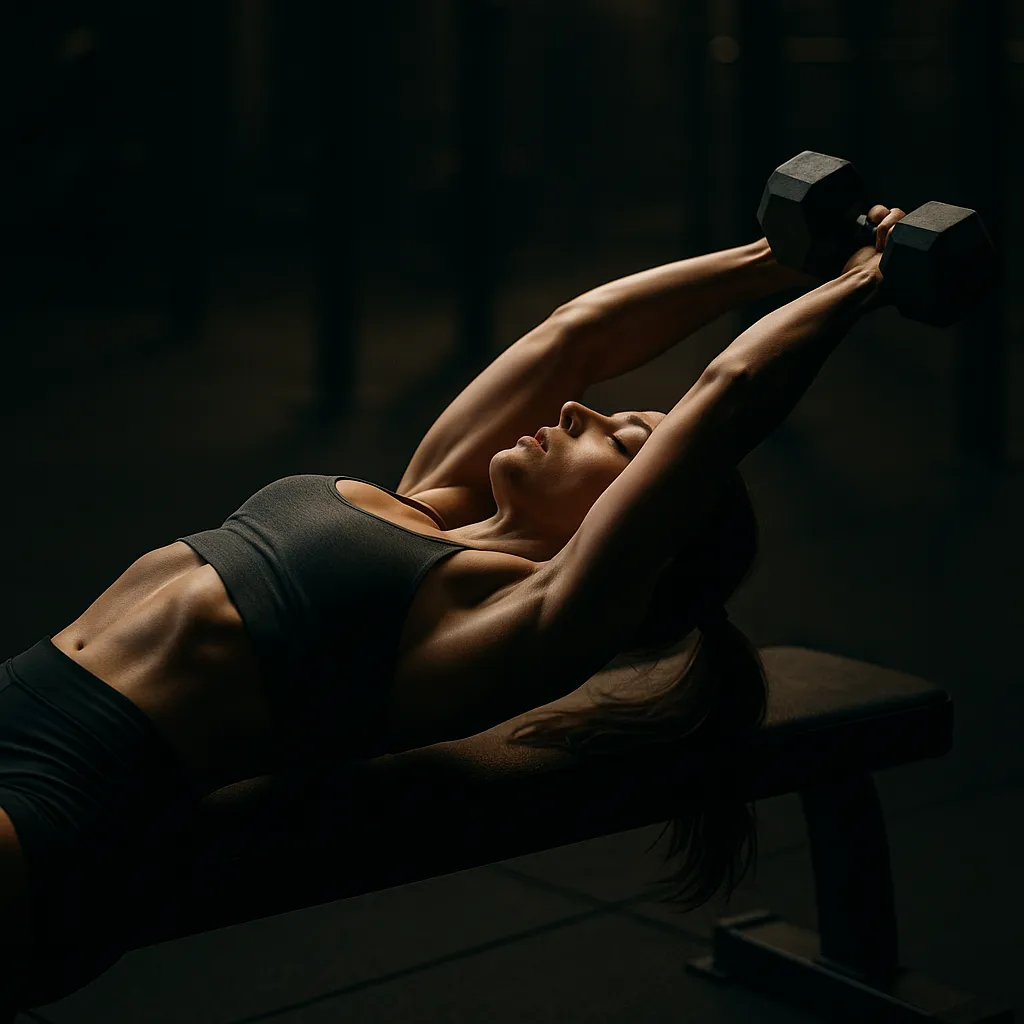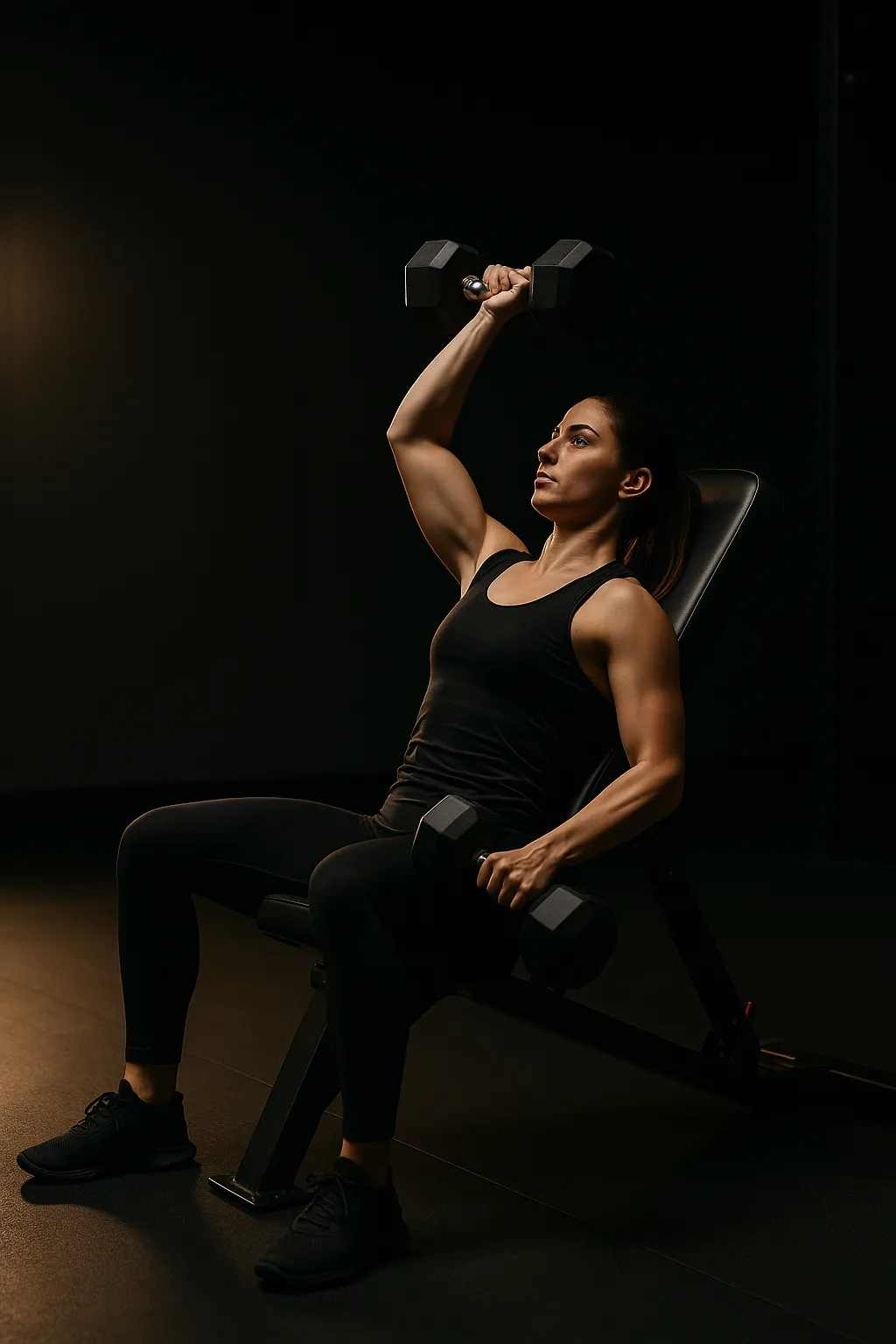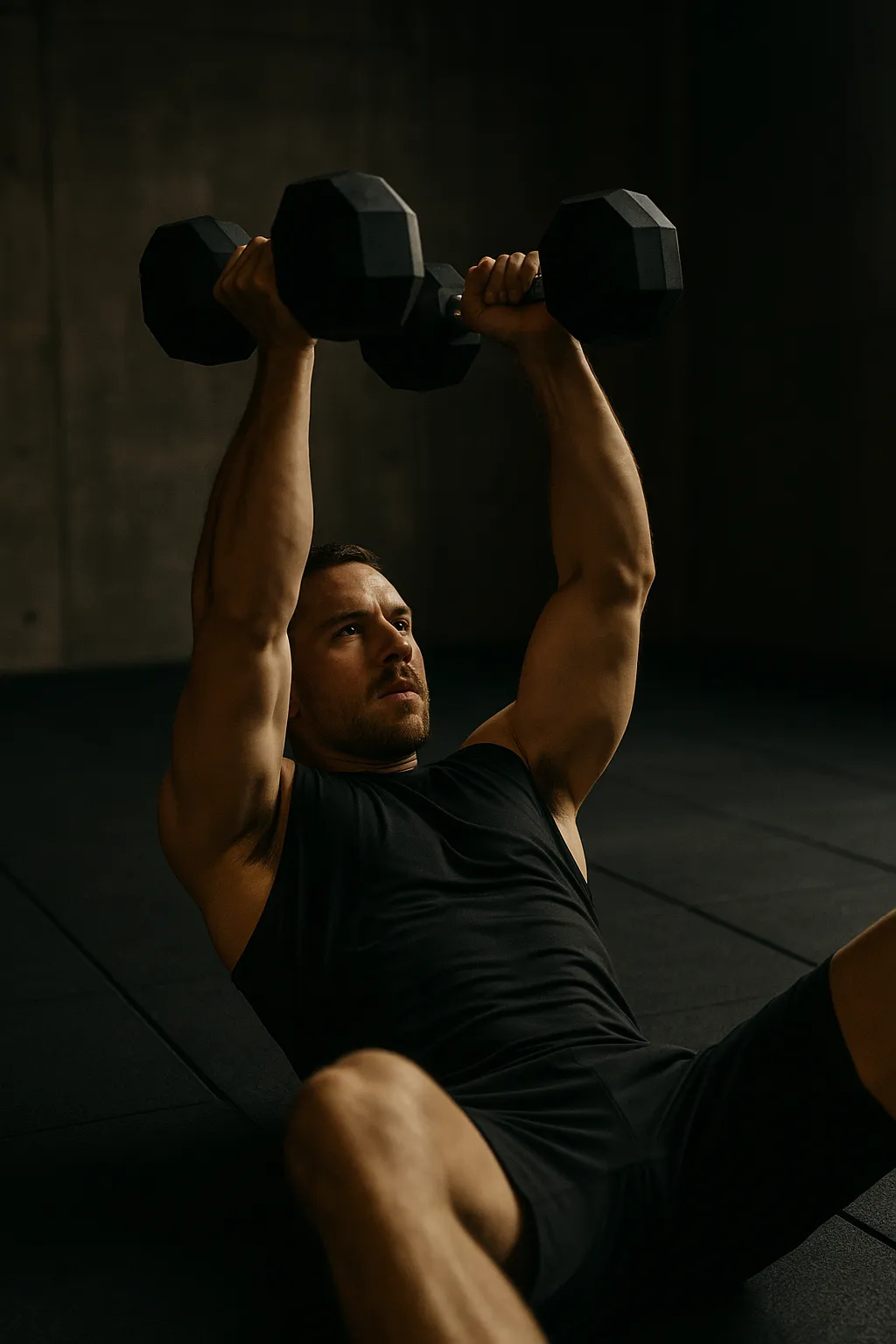Exercise Facts
| Movement Pattern | Horizontal, Pull, Stability |
|---|---|
| Muscle Group | Core, Lats, Rear Delts, Rhomboids, Traps |
| Equipment | Bench, Blocks, Dumbbell |
| Environment | Gym, Home |
| Skill Level | Advanced, Beginner, Intermediate |
| Series | Dumbbell Back Series, Functional Stability Series, Posterior Chain Strength Series |
Overview
The Dumbbell Seal Row exercise develops back strength, scapular stability, and postural endurance. It’s a strict horizontal pulling movement that eliminates lower-body momentum, forcing the lifter to isolate the upper and mid-back. This makes it an excellent complement to pressing and overhead work.
To perform, set up a flat bench on sturdy blocks or platforms so it sits roughly hip height. Lie face down on the bench, holding a dumbbell in each hand with arms extended toward the floor. Retract your shoulder blades, then pull the dumbbells toward your rib cage in a controlled motion. Squeeze your upper back at the top, then slowly lower the weights until your arms are straight again.
The dumbbell seal row targets the lats, rhomboids, traps, and rear delts, along with the core for stabilization. Because your chest remains supported throughout the lift, it reduces strain on the lower back and prevents “cheating” through momentum. It’s ideal for athletes seeking balanced shoulder development and improved posture.
Common mistakes include over-arching the spine, jerking the weights up, or letting the shoulders roll forward. Cue “drive elbows back,” “control the squeeze,” and “keep chest heavy on the bench.”
At Relentless Bravery Fitness, the dumbbell seal row represents precision — strength earned through stability and control.
Program 3–4 sets of 8–10 reps, resting 60–90 seconds between sets. Pair it with pressing exercises such as the dumbbell floor press or incline press for balanced upper-body development.
For more insights into functional strength and shoulder stability, visit Men’s Fitness UK and Health & Wellbeing Magazine.

Setup (Steps)
Elevate flat bench on sturdy blocks; lie face down; hold dumbbells with arms extended; engage core and retract shoulders.
Execution (Steps)
Pull dumbbells toward ribs; squeeze shoulder blades at top; lower under control until arms extend fully.
Coaching Cues
“Drive elbows back.” “Keep chest heavy.” “Control the squeeze.” “Stay stable on the bench.”
Common Faults & Fixes
Jerking motion → reduce weight and control tempo.
Overarching lower back → brace core.
Shrugging shoulders → retract blades before pulling.
Programming Ideas
3–4×8–10 reps; pair with dumbbell presses or pull-ups; use as accessory for posture and upper-back development.
Variations
Single-arm seal row, barbell seal row, or chest-supported row.
Regressions
Incline bench row or prone rear delt raise.
Standards & Competition Notes
Full retraction at top; no momentum; steady tempo; consistent contact with bench.
Safety Notes
Ensure stable bench elevation; avoid excessive load; control both lift and descent.









